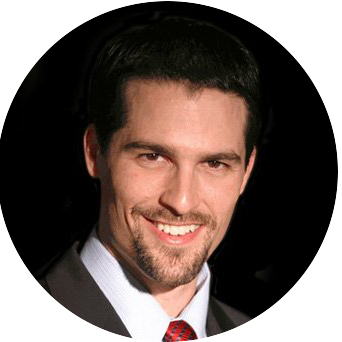The IRS announced retirement plan contribution limits for 2015.
A little inflation means a little adjustment. As the Consumer Price Index is up 1.7% over the last 12 months, the federal government is giving Social Security benefits a 1.7% boost for 2015 and lifting annual contribution limits on key pension plans as well.
401(k), 403(b), 457 & TSP annual contribution limits increase by $500. You will be able to defer up to $18,000 into these plans in 2015. The catch-up contribution limit will also rise by $500 to $6,000 next year, so if you are 50 or older in 2015 you are eligible to contribute up to $24,000 to these retirement savings vehicles. (The above adjustments do not apply to all 457 plans.)
SIMPLE IRAs get a similar COLA. Their base contribution and catch-up contribution limits also go up $500 for 2015. The limit for the base contribution will be $12,500 next year, and the catch-up limit rises to $3,000.
Limits also rise for SEP-IRAs and Solo(k)s. Small business owners will want to take note of the new maximum deferral amount of $53,000 for 2015, a $1,000 increase. As for the compensation limit factored into the savings calculation, that limit will be $265,000 next year, $5,000 more than the 2014 limit. A side note: the threshold for an employee to be included in a SEP plan goes up $50 to $600 next year.
Take note of the slightly higher phase-out range for Roth IRA contributions. Next year, you won’t be able to make a Roth IRA contribution if your AGI exceeds $193,000 as a married couple filing jointly, or $131,000 should you be a single filer or head of household. Those figures are $2,000 above the 2014 eligibility thresholds. Joint filers with AGI of $183,001-193,000 and singles and heads of household with AGI of $116,001-131,000 will be able to make a partial rather than full Roth IRA contribution next year.
Phase-out ranges on the deduction of regular IRA contributions have also been altered. Here are the 2015 adjustments to these thresholds (this gets pretty involved). If you are a single filer or file as a head of household and you contribute to a traditional IRA and you are also covered by a workplace retirement plan, the AGI phase-out range for you is $1,000 higher next year ($61,001-71,000). If you file jointly and contribute to a traditional IRA and are also covered by a workplace retirement plan, the AGI phase-out range is $98,001-118,000. Above the high end of those phase-out ranges, you can’t claim a deduction for traditional IRA contributions.
If you contribute to a traditional IRA and your employer doesn’t sponsor a retirement plan, yet your spouse contributes to a workplace retirement plan, the AGI phase-out on deductions of traditional IRA contributions strikes when your combined AGI ranges from $183,001-193,000.
And if you are married, filing separately and covered by a workplace retirement plan, the phase-out range on deductions of traditional IRA contributions is $0-$10,000 (this never receives a COLA).
AGI limits for the Saver’s Credit increase. Americans saving for retirement on modest incomes will be eligible for the credit next year if their AGI falls underneath certain thresholds: single filers and marrieds filing separately, adjusted gross income of $30,500 or less; heads of household, AGI of $45,750 or less; joint filers, $61,000 or less.
Contribution limits for profit-sharing plans rise as per limits for 401(k)s. A participant in such a plan is looking at a 2015 elective deferral limit of $18,000 ($24,000 if she or he is old enough to make catch-up contributions). The yearly compensation limit on such plans will be $5,000 higher in 2015 at $265,000.

About the Retirement Financial Advisor
Robert Pagliarini, PhD, CFP® is passionate about helping retirees build the retirement of their dreams. He has nearly three decades of experience as a retirement financial advisor and holds a Ph.D. in retirement planning. In addition, he is a CFP® Ambassador, one of only 50 in the country, and a fiduciary. His focus is on how to help make retirement portfolios last decades while providing a steady source of income. When he's not helping people plan their retirement, he might be traveling or writing his latest book. If you would like a second opinion to see if your retirement financial plan will keep you comfortable and secure, contact Robert today.



